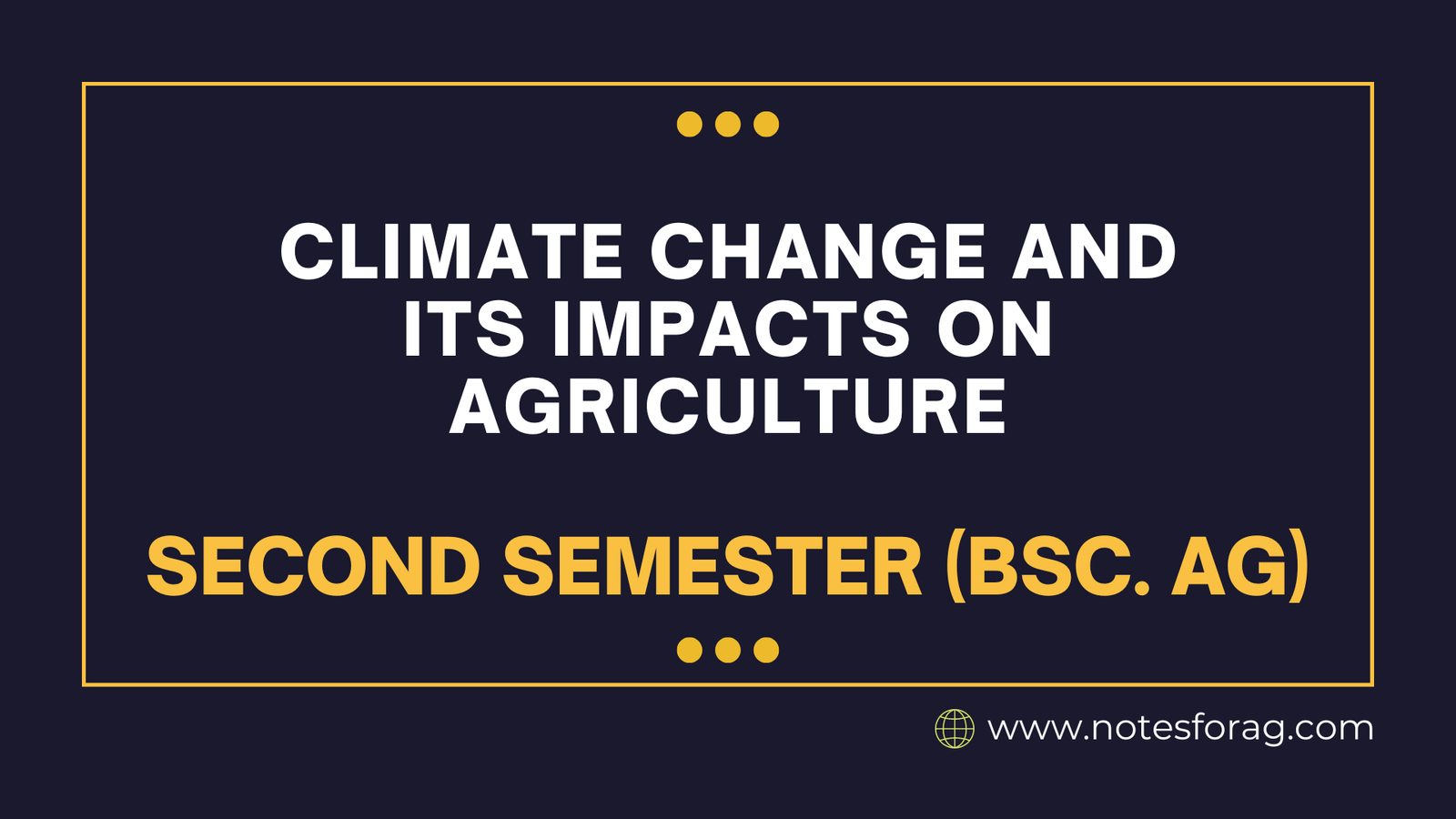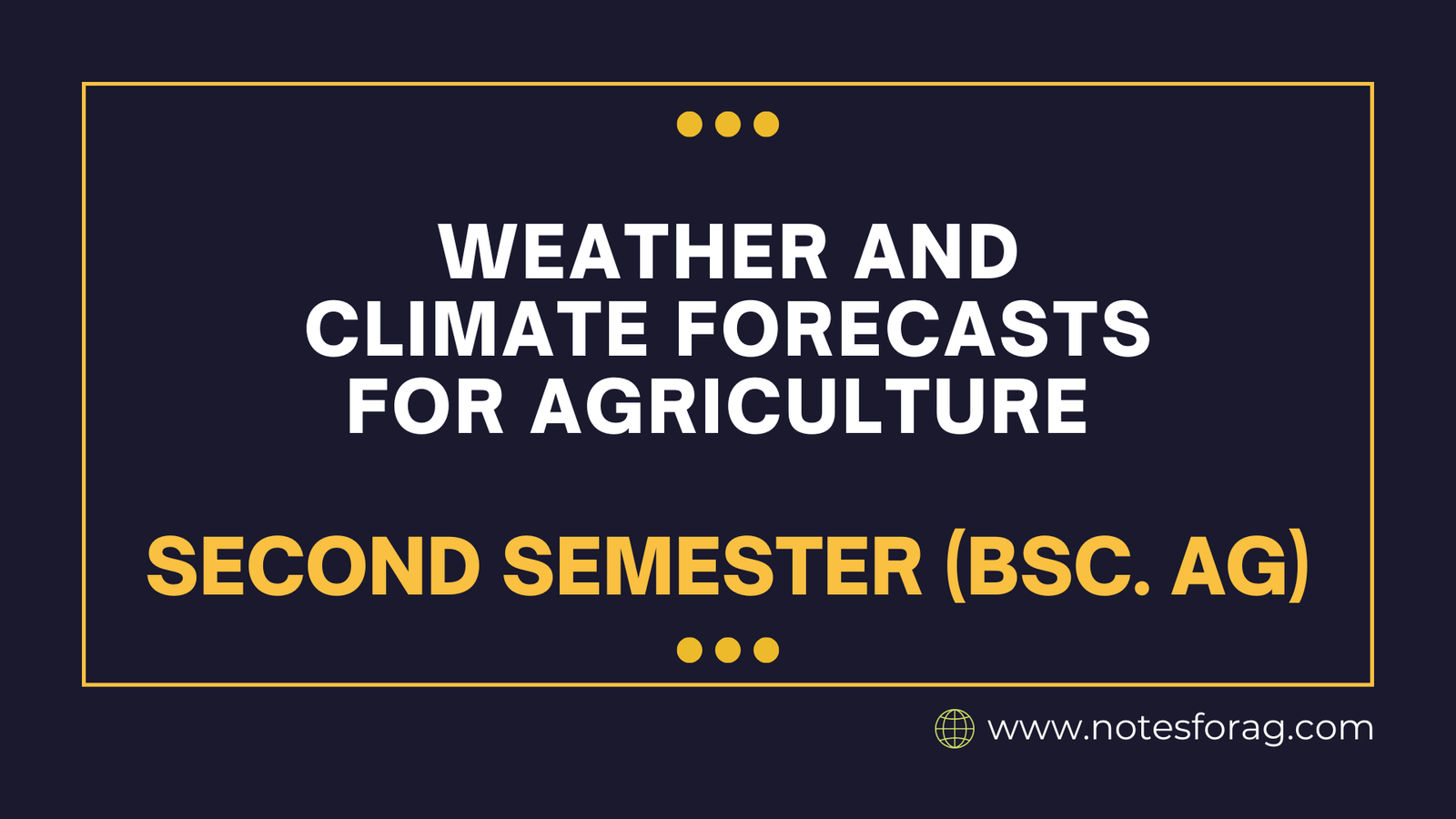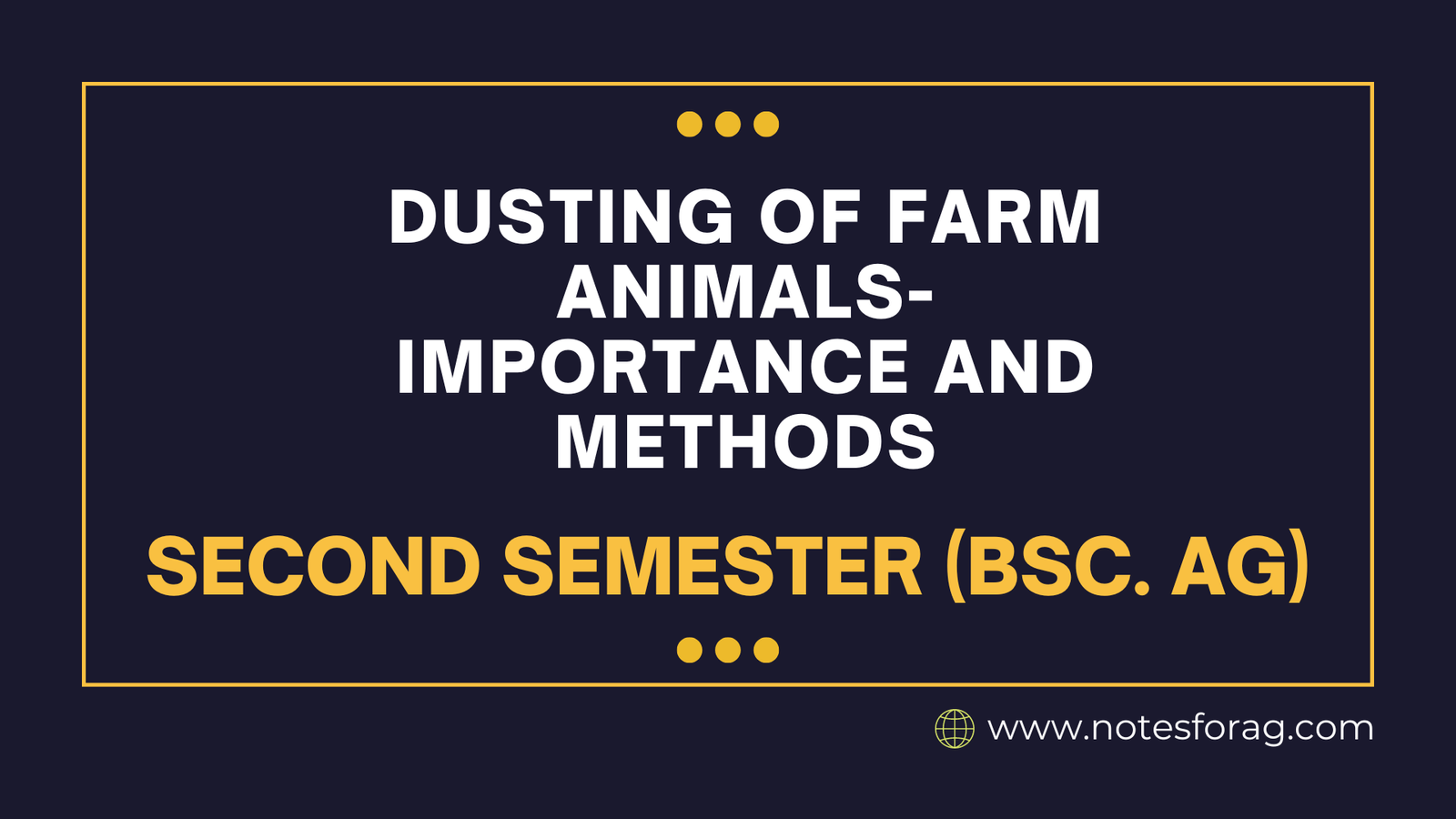Climate change and its impacts on agriculture
Climate change has a huge impact on agriculture because it alters weather patterns, increases the frequency of extreme weather events, and shifts climate zones. Rising temperatures, variable rainfall, and lengthy droughts all have an impact on food production and water availability, while increased flood and storm activity can devastate agriculture and infrastructure. These changes threaten … Read more










